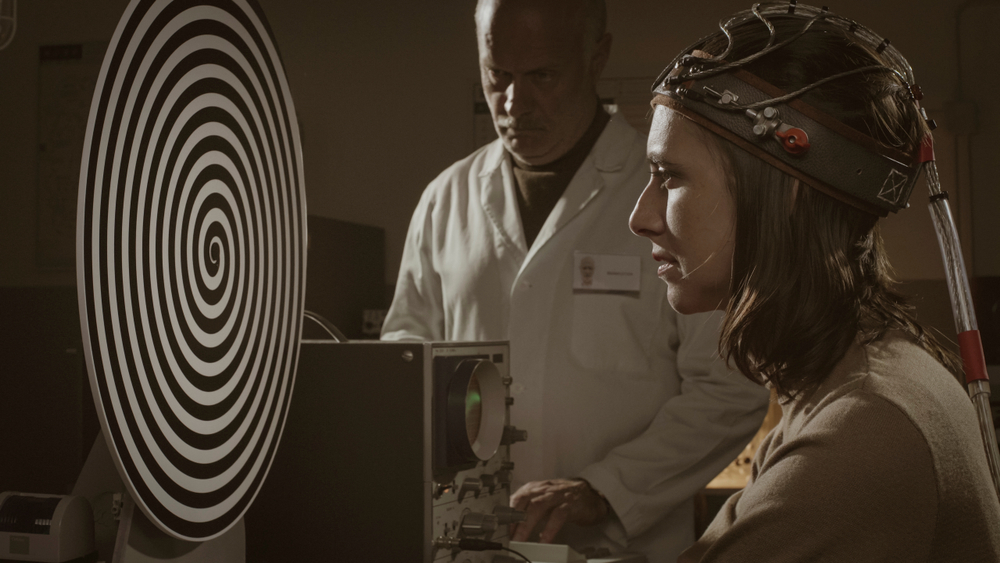
Unit 731
You’re probably familiar with the cruel, inhumane experiments done by the Nazis during World War II. What if I told you they were not alone? The Imperial Japanese Army’s Unit 731 has made a lot of cruel experiments in the name of science, some details are still classified today. Japan only acknowledged the disturbing experiments on humans in 1984, until then, everything was kept secret.
Their goal was to create biological weapons with the help of Japanese universities and medical schools that supported these cruel experiments. The Japanese used Chinese prisoners and Asian civilians as guinea pigs to create killer diseases.
The experiments involved contaminating wartime prisoners with diseases such as cholera, anthrax, plague, and other viruses. They also did vivisection without using anesthetic because they wanted to find out how much a human can resist in front of the pain before bursting. What’s even more disturbing is that post-war American administration allowed safe passage for some of those in charge, in exchange for information that resulted from their human experiments.
Zombie dogs
Zombie dogs or otherwise known as Experiments in the Revival of Organisms were conducted by two Russian scientists Dr. Sergei Brukhoneko and Borin Levinskovsky. The two made public a video of two dog heads that were only kept alive by an artificial blood circulation system. The scientists were using a special heart-lung system known as autojektor, that allowed the dog heads to move ears, lick their mouth and blink their eyes.
The same experiment was repeated in 2005 by American scientists by flushing the dog’s blood and replacing it with oxygen and sugar-filled saline. The dogs were back from dead after three hours full of electric shocks and blood transfusions.
Also read: 10 Remarkable Inventions that Changed the World.












































3 thoughts on “7 CLASSIFIED Scientific Experiments That Will Terrify You”
Thank you ever so for you article post. Want more. Whitney Alano Anet
Thanks for sharing your info. I truly appreciate your efforts and I will be waiting for your further write ups thanks once again. Ema Barney Galanti
Im obliged for the article post. Really looking forward to read more. Really Great. Tarah Tam Zaneski